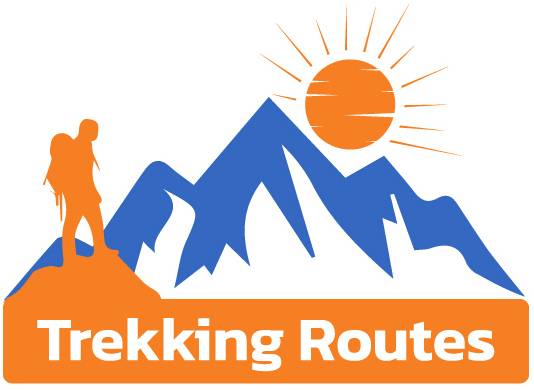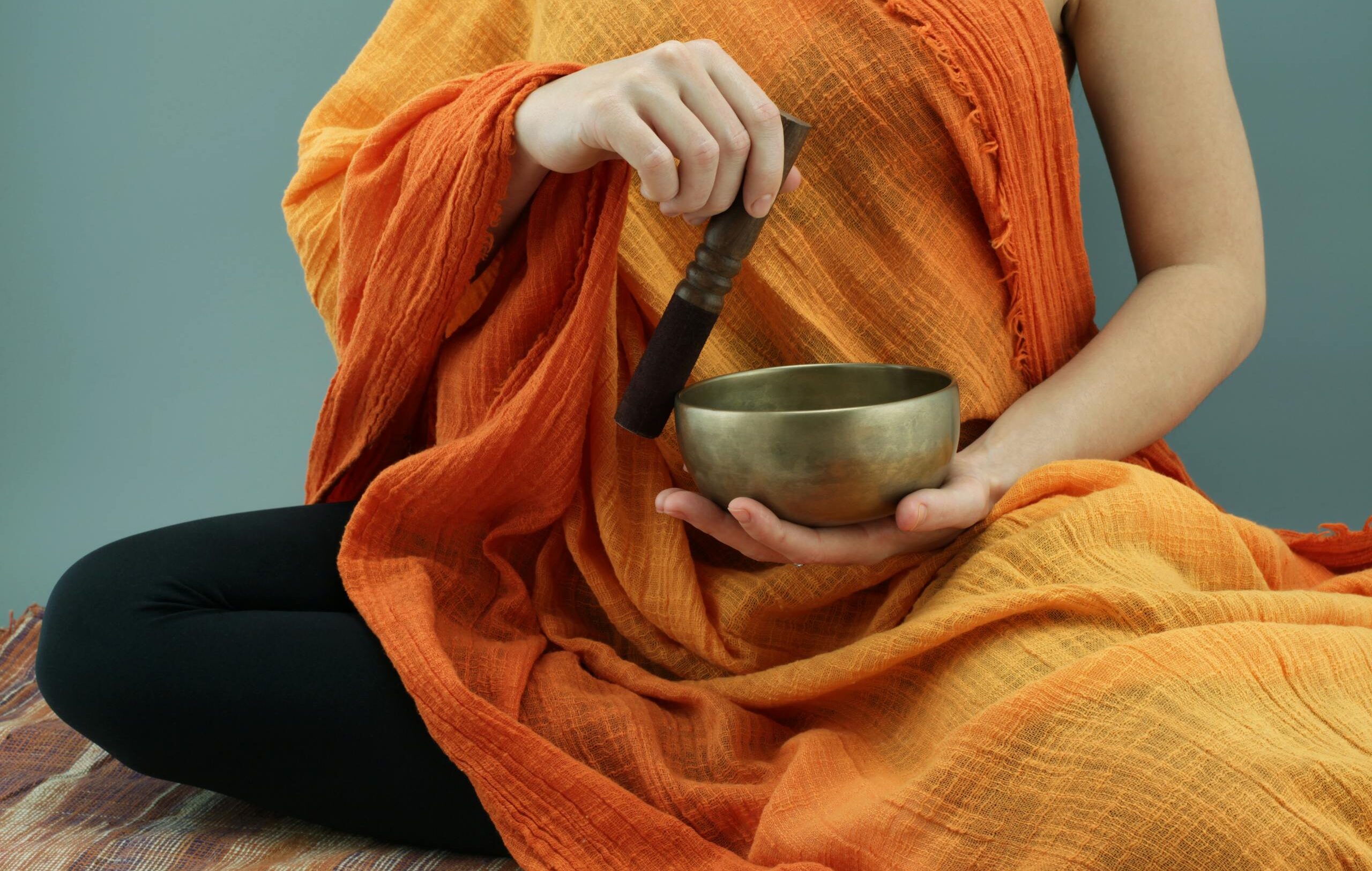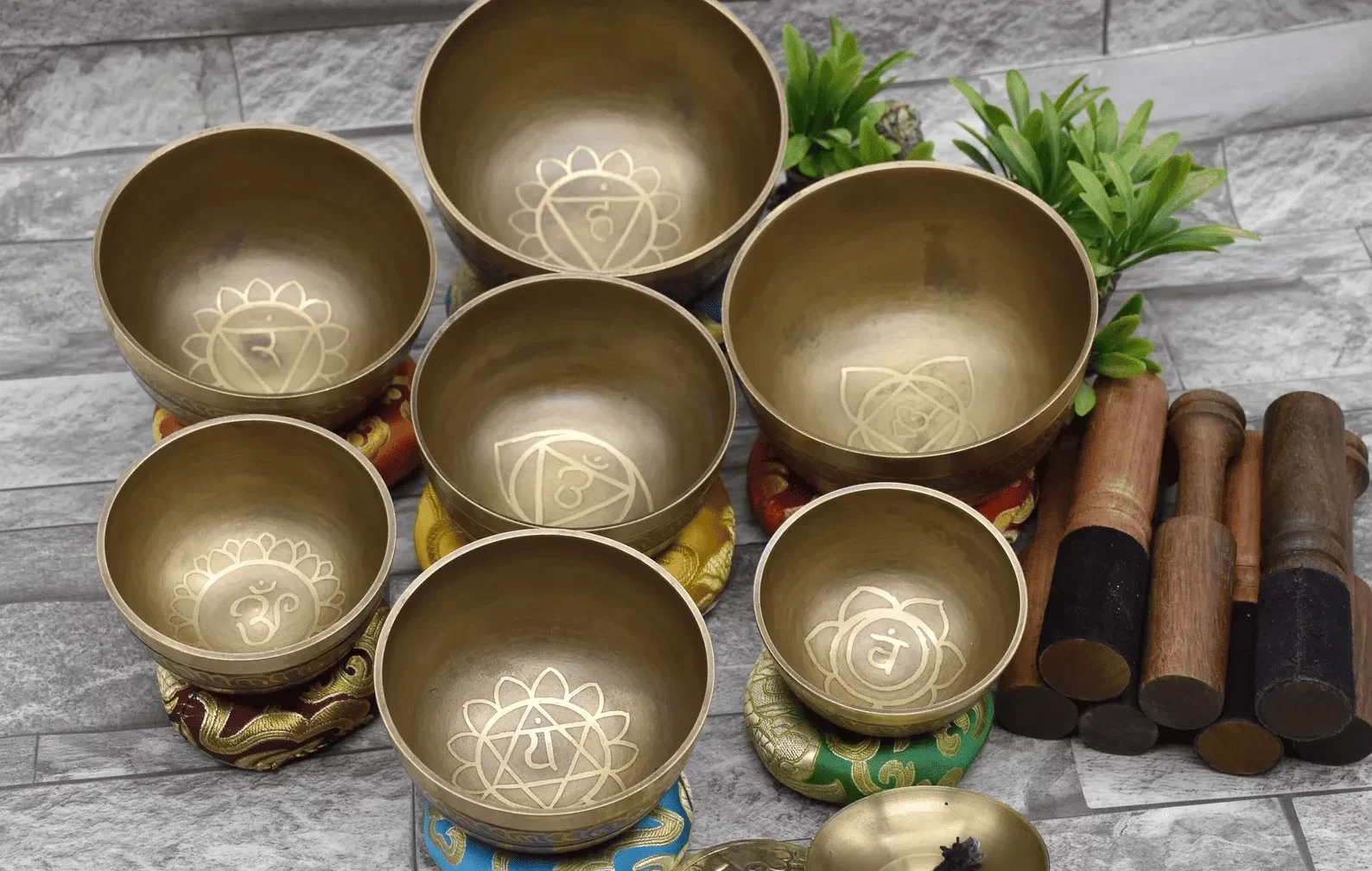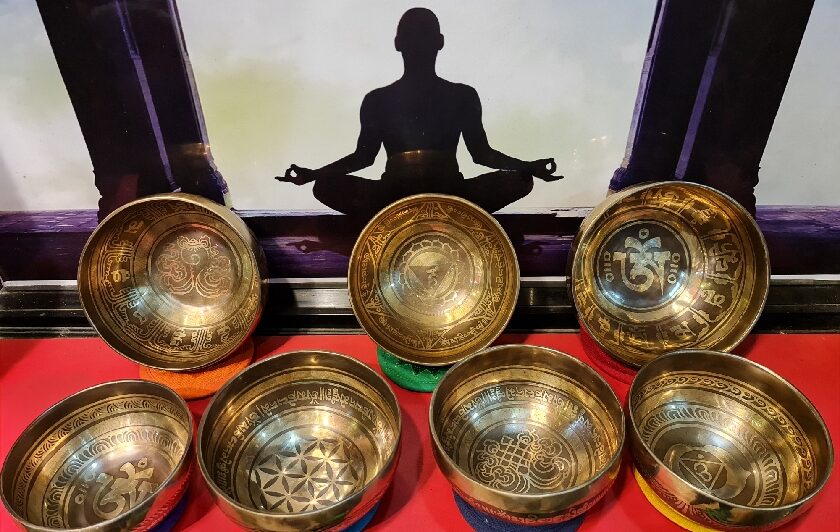Trek Nepal Everest Base Camp: Top EBC Guide for the Ultimate Himalayan Adventure
Close your eyes and imagine this: prayer flags fluttering in the thin alpine air, the rhythmic crunch of boots on ancient trails, and the awe-inspiring sight of Everest’s icy crown glowing under a golden sunrise. To trek Nepal Everest Base Camp (EBC) is to embark on a journey that tests your grit, rewards your spirit, and etches the Himalayas into your soul. This isn’t just a trek—it’s a pilgrimage to the roof of the world. Whether you’re a seasoned hiker or a first-time adventurer, this guide arms you with everything you need to conquer the EBC trail, from permits to packing lists and the secrets of Sherpa hospitality.
Why Trek Nepal Everest Base Camp?
The Everest region isn’t just for mountaineers—it’s a realm where every step tells a story. Here’s why EBC deserves your footprints:
- Iconic Landmarks: Stand on Kala Patthar at dawn, cross the Hillary Suspension Bridge, and witness the Khumbu Icefall’s raw power.
- Sherpa Culture: Sip butter tea in Namche Bazaar, explore ancient monasteries, and learn how these mountain legends thrive at 5,000m.
- Personal Triumph: Return home with more than photos—carry the resilience earned on the trail.
Essential Info for Your EBC Trek
Permits & Costs
- Permits:
- Sagarmatha National Park Entry: ~ USD 30.
- TIMS Card: USD 20 (free if booked through an agency).
- Budget: $35–$50/day for teahouses, meals, and permits. Guides ($25–$35/day) and porters ($20–$25/day) add cost but ease the load.
Best Time to Trek
- Autumn (Sept–Nov): Clear skies, vibrant festivals like Dashain.
- Spring (Mar-May): Rhododendrons bloom, days are warmer.
- Avoid: Monsoon (June–Aug) and winter (Dec–Feb)—extreme cold and flight delays.
Training Like a Pro
- Cardio: Stair climbs, hiking with a weighted pack.
- Strength: Focus on legs (lunges, squats) and core for steep ascents.
- Altitude Prep: Simulate elevation with weekend hikes or altitude masks.
Your Day-by-Day EBC Itinerary
1. Kathmandu to Lukla: The Adventure Begins
- Flight Thrills: A 30-minute rollercoaster ride to Lukla’s cliffside runway.
- Phakding (2,650m): Gentle hike through pine forests, with your first teahouse stay.
2. Namche Bazaar (3,440m): Gateway to the Giants
- Acclimatize Here: Hike to Everest View Hotel for Ama Dablam vistas.
- Culture Fix: Visit the Sherpa Museum and stock up on Snickers (altitude currency!).
3. Tengboche (3,870m): Spiritual Heights
- Monastery Magic: Dawn prayers at Tengboche Monastery, with Everest looming in the distance.
4. Dingboche (4,410m): Thin Air Reality
- Acclimatization Day: Hike to Nangkartshang Peak (5,083m) for lung-busting views.
5. Lobuche (4,940m) to Gorak Shep (5,164m): The Final Push
- Memorial Grounds: Pass climbers’ memorials—humbling reminders of Everest’s risks.
- Base Camp Eve: Sleep at Gorak Shep, where oxygen is scarce and stars are endless.
6. Everest Base Camp (5,364m): The Moment
- Surreal Reality: Touch the iconic rock pile. Everest hides behind Nuptse, but the Khumbu Icefall’s chaos mesmerizes.
- Kala Patthar (5,644m): Pre-dawn climb for sunrise over Everest’s summit—worth every gasping breath.
Challenges & How to Crush Them
- Altitude Sickness: Hydrate like it’s your job, ascend slowly, and descend if symptoms worsen.
- Bone-Chilling Nights: Layer up! Teahouse blankets are thin—pack a -10°C sleeping bag.
- Mental Fatigue: Repeat this mantra on Day 10: “This is why I came.”
Cultural Code: Respect the Khumbu
- Leave No Trace: Pack out all trash, including biodegradable items.
- Dress Modestly: Cover shoulders/knees in villages and monasteries.
- Support Local: Hire Sherpa guides, buy handmade crafts, and tip teahouse staff.
FAQs: Trek Nepal Everest Base Camp Unpacked
Q: How hard is the EBC trek?
A: Physically demanding (7/10) but achievable with training. Mental grit > marathon fitness.
Q: Can I trek solo?
A: Yes, but a guide enhances safety, cultural insights, and logistics.
Q: Are showers available?
A: Yes—until Dingboche. Beyond that, embrace baby wipes and mountain freshness.
Q: What’s the food like?
A: Carb-heavy (pasta, potatoes, dal bhat). Vegetarian options abound.
Q: Is it safe for solo women?
A: Yes! Locals are protective, and teahouses are secure.
Conclusion: The Mountain Awaits
To trek Nepal Everest Base Camp is to walk a path where giants loom, prayers rise with the smoke of juniper incense, and every sunset feels like a triumph. You’ll return home dust-coated, weary, and utterly transformed—carrying not just memories, but a piece of the Himalayas in your heart.
Lace up. Breathe deep. Everest’s story is now yours.







0 Comments